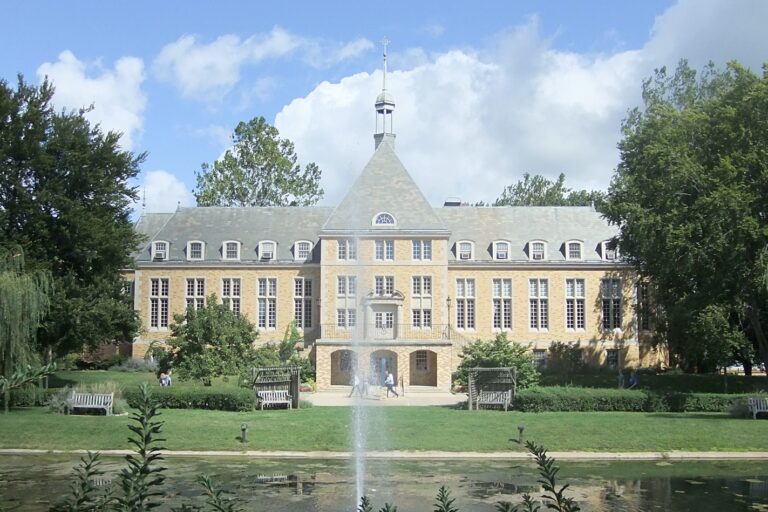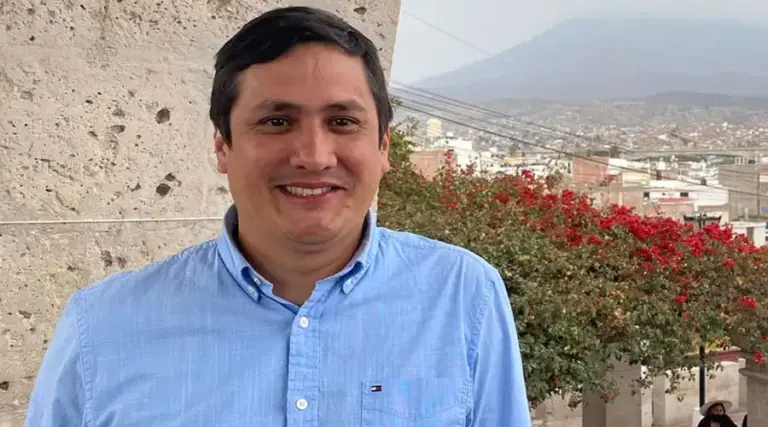Readers of the 1999 Social Security Trustees report should not be led astray by the rosy news that the Old Age, Survivors and Disability Income Trust Funds had experienced “improvement in [their] financial condition … the result of continued strong economic growth resulting in reduced unemployment, higher wages and low inflation.”1 The depletion of the funds, it was also reported, would be delayed by two years, from 2032 to 2034.
Indeed, the numbers emanating from the Social Security Administration were impressive. The report states that benefits totaling $375 billion were paid out in FY 1998 to over 44 million beneficiaries. The 148 million workers paying into the system were taxed to the tune of $489 billion. The result was a record increase of $107 billion in trust fund assets.
The total surplus now stands at over three-quarters of a trillion dollars, assets which were designed by the 1983 reform law to provide a reserve from which to pay Social Security benefits to the “boomers” who will begin to retire about the year 2010. In the language of the actuaries, the payroll deficit in long-term taxation has been reduced from 2.19% to 2.07%, a relative improvement of about 6%.
The report, however, ignores the long-term interaction between the Trust Fund, the economy and the Federal Budget. The grim reality is that the economy is made worse, not better, by these numbers.
Fertility Rate Increase?
The factor that contributed most to the extended solvency of the system was the total fertility rate (TFR), combined with a lower death rate among younger workers. The Trustees’ preliminary estimate for fertility for 1998 is 2.04 children per woman. (The Trustees fail to mention how they got this figure. It is significantly higher than the 1.8 children per woman figure for 2000 cited in the U.N.’s “Wor1d Population Prospects” as a 1ow-variant projection, which history has shown to be the most accurate.) The 2.04 figure used has allowed the actuaries to assume relatively higher fertility for the next twenty-five years, magically producing nearly all of the two-year extension in the life-expectancy of the trust funds.2
At PRI’s Congressional Briefing this March, I argued that the only real way to improve long-term solvency in the Social Security Trust Funds is to increase the fertility rate. The Trustees use in their latest report of higher-than-actual fertility confirms the validity of this approach.
Distant Warnings
Trust fund assets do not tell the whole truth about the interaction of the Social Security trust and the economy. Far more important are the cash flows that define the rate at which money is being added to or withdrawn from the system.
Social Security is a pay-as-you-go retirement plan, designed so that beneficiaries would draw out about the same amount of money each year as workers and employers pay in. The 1983 “reform” to the system, which was supposed to create a “reserve” for paying the boomers’ retirement at a time when fewer workers would be paying in, has boosted the Trust Fund balances quickly.
But somewhere after 2010, when the boomers begin to retire, the Federal government will have to stop borrowing from the treasury for Social Security, and begin to pay the principal and the interest on the these loans. In fact, the Trustees estimate that before the balance in the Trust Fund declines, the Treasury will owe the Trust about $4 trillion. That means interest payments alone to Social Security will be in the order of $280 billion per year.
As the Boomers start to retire in 2010, a smaller workforce will be paying into Social Security taxes to support the elderly. At this time, workers will also have to pay the principal and the interest due on the Social Security debt. This will be paid from income, gift and estate taxes.
The so-called big “reserve” in Social Security trust funds is not good news. It is, as Senator Moynihan of New York has pointed out, nothing more than a fraud on the U.S. worker and employer. The so-called Social Security reserve simply builds a bigger bonfire on which to immolate the American economy.
Fixing the System
The only true “fix” for Social Security involves a radical improvement in the total fertility rate. More workers are needed to support the long term solvency of the system, hence more children and bigger families are essential.
Raising the fertility rate will involve a change of heart in the population of the U.S. This change requires more than financial rewards; for as the French and Japanese and Swedes are learning the hard way, financial incentives don’t motivate people to like children or raise them. However, our economic system can help facilitate this change. It can reward those who have raised exemplary-sized families of four and more. And it can eliminate those items in the various tax codes that reward childlessness, by penalizing large families and marriage.
This change of culture demands a commitment from all leaders in our society to promote a cultural shift in favor of marriage and larger families. People with large families today are often made to feel like cultural misfits. In fact, it will soon become abundantly clear that they are the heroes of the 21st century. The question is whether this will be recognized in time to save Social Security.










